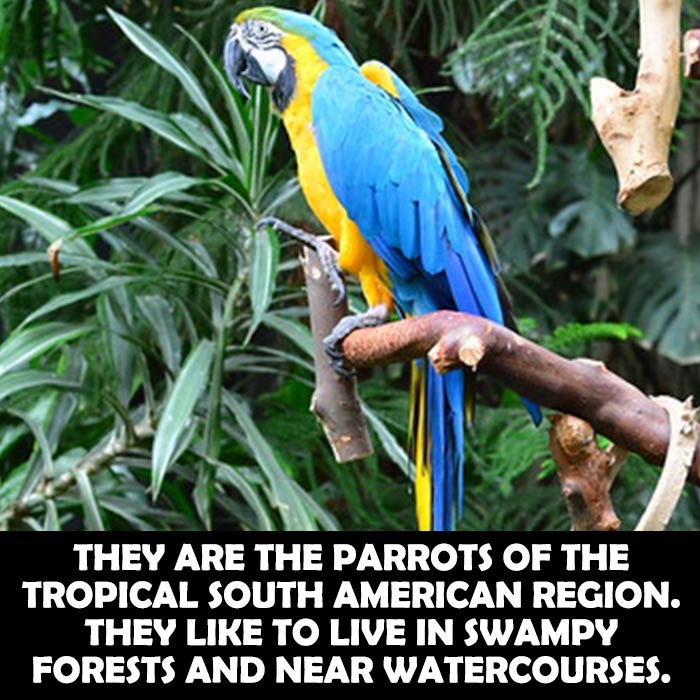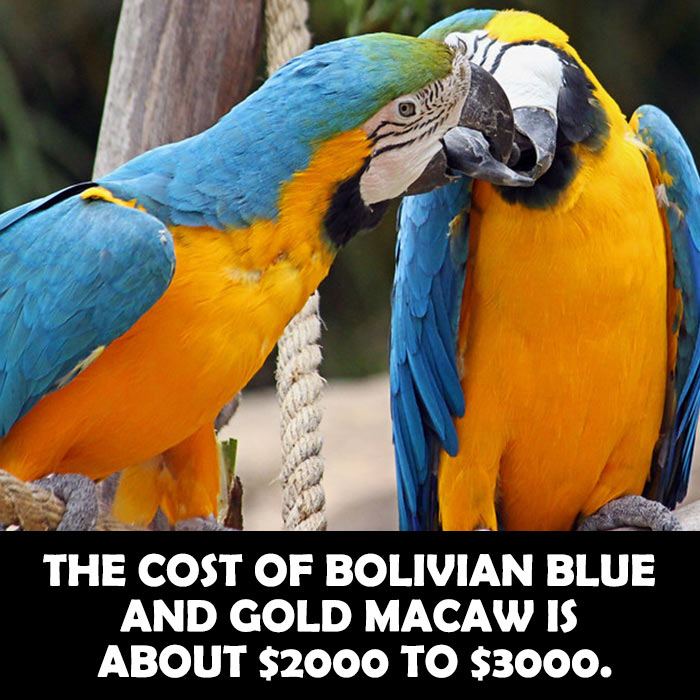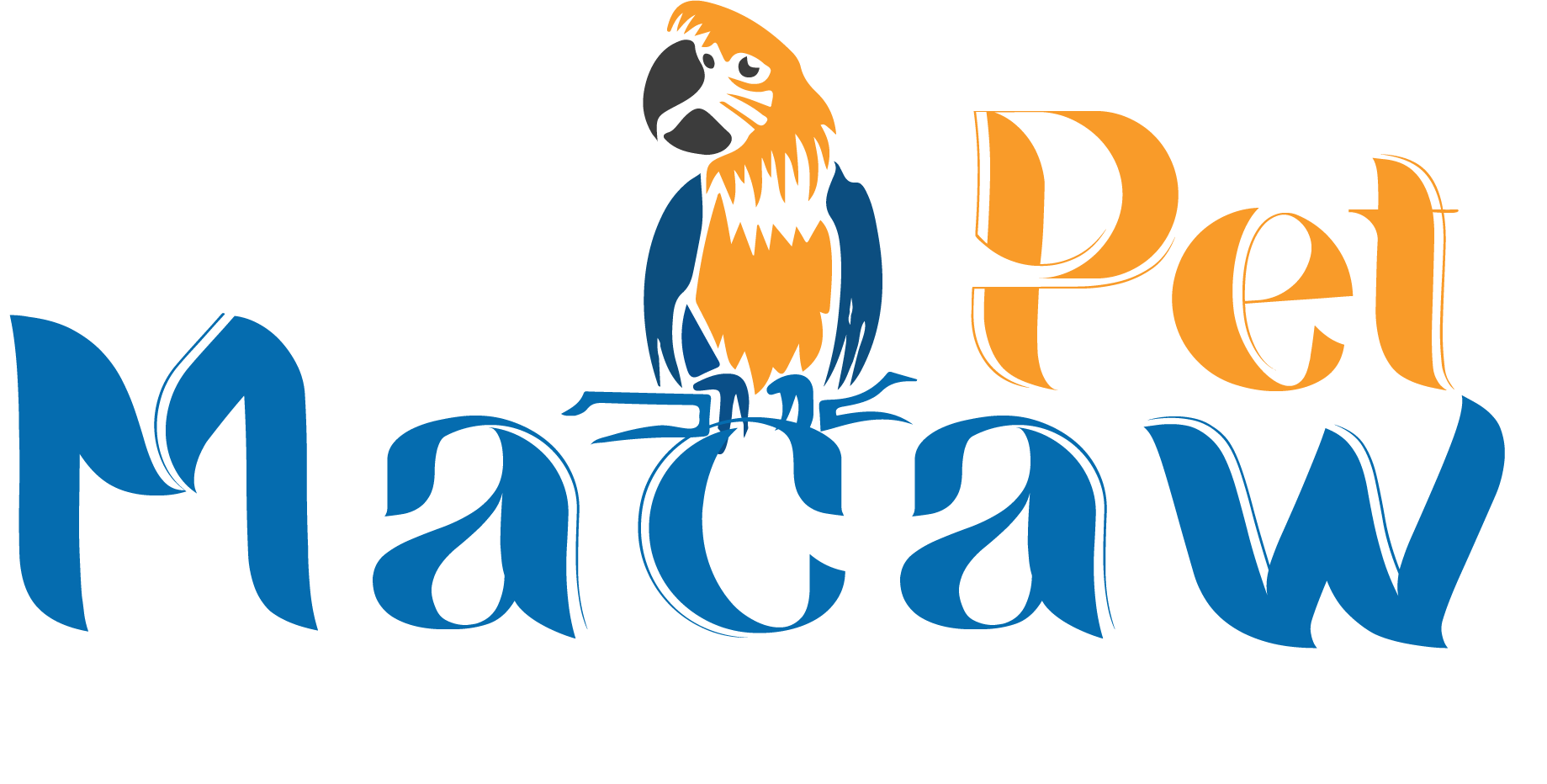Last Updated on August 16, 2022
Bolivian Blue and Gold macaws are similar to Blue and Gold macaws, but they have some slight differences. The Bolivian Blue and Gold macaws belong to the large species of macaws, and their origin is Bolivia. Their populations also exist in Mexico, Puerto Rico, and South Florida.
This article discusses everything you need to know about Bolivian Blue and Gold macaws. Let’s first discuss how this species is scientifically categorized.
- Scientific Name: Ara Ararauna
- Family: Psittacidae
- Phylum: Chordata
- Genus: Ara
- Class: Aves
- Kingdom: Animalia
- Order: Psittaciformes

Bolivian Blue and Gold Macaws like to live in swampy forests and near watercourses on tall trees. Since their populations were under threat in Bolivia, they have been introduced to the following regions.
- Eastern Panama
- Venezuela
- Guayana
- Eastern Peru
- Eastern Western Ecuador
- French Guiana
- Brazil
- Northeastern Bolivia
- Paraguay and North Argentina
Appearance
Bolivian Blue and Gold Macaws have vividly blue plumage on the body and black, and their underparts are bright yellow. They have blue wings with green tips, and their foreheads are green. Their chin and throat are bluish-black in color, and their beaks are dark grey. They have a long and blue-colored tail which shows greenish tones from the inner side of the tail.
Size and Weight
Bolivian Blue and Gold Macaws are 76-91.5 cm long and weigh 0.8-1.8kg. Their wingspan ranges approximately 104-114 cm.

Vocals
Unlike the other variants of Blue and Gold macaws, the voice of Bolivian Blue and Gold Macaws is soft, and they are less noisy.
Lifespan
Their typical lifespan is 30-50 years, but they can make up to 70 years with good care and diet.
Population And Endangerment Status
Until the early 1900s, they were widely spread in different South America and Brazil regions. But now, this species is near extinct. There are almost 250 to 300 parrots left in the world.
Clearing trees from their natural habitat and hunting for their colorful feathers are the primary reasons for the decline in their population. This is why this species has been introduced to other regions where they can grow safely.
Diet
Like all large macaws, they like to eat fruits, vegetables, seeds, and nuts. In the wild, they eat fruits and nuts that are easily available in their natural habitat. They need a protein-rich diet and a limited fat quantity for good health.
Breeding Behavior
Females Bolivian Blue and Gold macaws incubate their eggs for 28 days. The pair feeds the babies until they can start eating on their own. Usually, after 90 days, the baby macaws start fledging, which is when they start looking for food on their own. Once a successful clutch fledges out, the pair takes a rest until the next breeding season.
They are not easy to breed at home but with proper care, they can be bred at home. If conditions are favorable, macaws can also breed twice a season. Bolivian Blue and Gold macaws usually breed from march to september, but their breeding season varies with climate.
Are They Good as Pets?
They are also famous for making strong and affectionate bonds with their human fellows. Since they are quieter and calmer than Blue and Gold macaws, they are often preferred as pets. Moreover, they are also more friendly with kids. However, they should never be left alone with kids.
How Much Do They Cost?
Generally, the cost of Bolivian Blue and Gold macaw is between $2000-3000, but the cost varies according to the bird’s age, training and behavior.

Final Thoughts
Bolivian Blue and Gold macaws are rare species that need protection. Hopefully, their introduction to new regions will help elevate their population and enable them to live peacefully.
Bilal is an aviculturist who loves to write in free time. His personal experience with bird care and breeding enables him to share valuable tips. So far, he has contributed more than 100 blogs to this site.
His goal is to promote bird-keeping and save endangered species.
